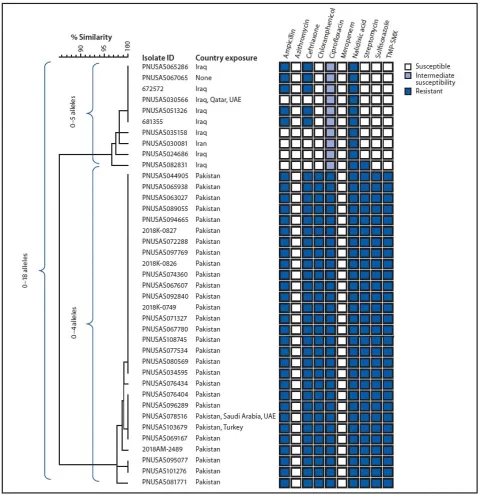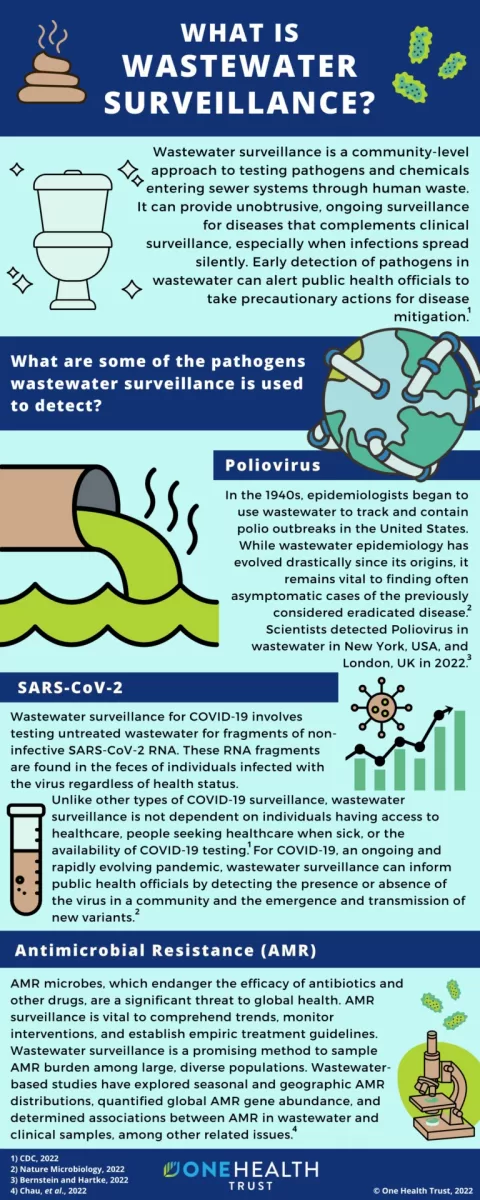Neisseria meningitidis conjunctivitis is a rare but noteworthy form of bacterial conjunctivitis that has recently come into focus due to an outbreak at a U.S. military base. Affecting 41 young trainees, this unsettling spike in cases, primarily reported as pink eye symptoms, highlights the challenges of maintaining eye health in communal living environments. The investigation revealed that many affected individuals had prior upper respiratory infections, complicating the clinical picture. Understanding the treatment for conjunctivitis, particularly in this context, is crucial since effective management can prevent further spread. This outbreak underscores the need for increased awareness of conjunctivitis causes and preventative measures in military and similar communal settings, ensuring swift identification and treatment of such infections.
The phenomenon of conjunctivitis caused by Neisseria meningitidis is an unusual challenge within the realm of ocular infections, particularly in environments like military installations. Often referred to as ‘pink eye,’ conjunctivitis can result from various bacterial pathogens, with N. meningitidis being a less common culprit. The outbreak at a Texas Air Force base serves as a high-profile case study for understanding the dynamics of infection transmission among vulnerable populations. With symptoms that are often similar to those of other conjunctivitis forms, recognizing the specific bacterial cause is vital for effective treatment. Medical professionals emphasize the importance of distinguishing between conjunctivitis types and tailoring treatment protocols to address the unique challenges posed by these bacterial infections.
Understanding Neisseria Meningitidis Conjunctivitis
Neisseria meningitidis conjunctivitis is a rare yet significant condition that emerged prominently during an outbreak at a U.S. military base. This bacterial conjunctivitis, sometimes referred to as pink eye, primarily affected young military trainees living in close quarters, highlighting how communal living can lead to rapid transmission of infections. While bacterial conjunctivitis is often caused by more common pathogens like Haemophilus, the presence of N. meningitidis illustrates that other bacteria can also lead to this condition, particularly in environments where individuals are in close proximity.
The outbreak at Joint Base San Antonio-Lackland involved 41 confirmed cases among a cohort of trainees, out of a total population of over 11,800. It is interesting to note that 80% of those infected had recently suffered from upper respiratory infections, which may play a role in predisposing individuals to conjunctivitis. Given that N. meningitidis is more commonly associated with systemic infections and less with localized infections like conjunctivitis, this outbreak underscores the adaptability and potential risk of this bacterium in vulnerable populations.
Symptoms and Recognition of Pink Eye
Symptoms of pink eye can vary but commonly include redness, itching, and discharge from the eye. In cases of Neisseria meningitidis conjunctivitis, the symptoms may present alongside signs of upper respiratory infections, creating a mix that can complicate diagnosis. The classic symptoms of conjunctivitis, such as tearing and a gritty sensation in the eyes, were reported by most affected individuals, making it essential for healthcare providers to recognize these early signs, especially in communal settings where outbreaks can spread rapidly.
Recognizing pink eye symptoms early allows for timely treatment, which is crucial in preventing further infection among close-contact groups such as military trainees. Following a thorough investigation, healthcare officials emphasized that while most cases appeared localized—spreading to only one eye—immediate medical attention helped in managing the conditions and preventing complications such as periorbital cellulitis in more severe cases.
Bacterial Conjunctivitis Treatment Protocols
The treatment for conjunctivitis typically depends on its cause, with bacterial conjunctivitis requiring specific management strategies. For Neisseria meningitidis conjunctivitis, conventional approaches included the use of topical antiseptics and antibiotics, which were effective in dealing with this relatively rare infection. All but one of the affected individuals recovered fully with topical treatments, demonstrating the efficacy of targeted antimicrobial therapy even in cases caused by uncommon pathogens.
The investigation revealed that in the majority of cases, systemic treatments were not necessary, contrasting with previous studies suggesting otherwise for N. meningitidis. Instead, effective management was achieved through localized therapy, emphasizing the importance of distinguishing between the different strains of bacteria when developing treatment protocols. This finding can significantly influence treatment pathways in communal living settings, where swift action can prevent wider outbreaks.
The Role of Hygiene in Controlling Outbreaks
Investigating the link between hygiene practices and the outbreak of Neisseria meningitidis conjunctivitis revealed no significant breaches in established protocols among military trainees. The rigorous cleaning and disinfection measures typically adhered to in dormitory settings highlight the difficulties in containing bacterial outbreaks, particularly when faced with pathogens that may not show the expected transmission patterns. It emphasizes the need for ongoing training and education on hygiene practices to minimize the risk.
Moreover, studies suggest that enhanced hygiene protocols, along with regular monitoring of communal spaces, can decrease the likelihood of outbreaks in high-density living quarters. Implementing more frequent eye health screenings and promoting awareness about conjunctivitis symptoms may also serve as viable strategies in curbing the incidence of bacterial conjunctivitis among military personnel.
Outbreak Investigation Findings: What We Learned
The outbreak investigation at the Texas military base yielded critical insights into the nature of Neisseria meningitidis conjunctivitis and bacterial conjunctivitis in general. The findings revealed that while N. meningitidis is an uncommon cause of conjunctivitis, its presence can cause significant concern in settings where individuals share living quarters. Understanding the epidemiology of such infections can help in formulating preventive measures aimed at at-risk groups, such as military trainees, who may be more susceptible due to the nature of their living conditions.
Furthermore, whole-genome sequencing played a vital role in understanding the relationship between isolates from the affected individuals, suggesting that an unencapsulated strain could be the culprit. This variant of N. meningitidis may not only act differently in terms of infection mechanisms but also in its public health management strategies. The overall implications of this finding underscore the importance of genomic methods in tracking and managing infectious disease outbreaks effectively.
Military Health Protocols and Outcomes
The recent outbreak of Neisseria meningitidis conjunctivitis has prompted a re-evaluation of health protocols within military environments. Military health officials have taken the opportunity to bolster training regarding infection control and response strategies to similar outbreaks in the future. The presence of symptoms associated with bacterial conjunctivitis, along with underlying respiratory infections, demonstrates the importance of a multi-faceted approach to health management in communal settings.
Moreover, this incident has led to ongoing discussions about vaccination protocols and their effectiveness against various strains of N. meningitidis. Given that all trainees had received the quadrivalent meningococcal vaccine, it raises questions about the vaccine’s efficacy in preventing conjunctivitis caused by non-groupable strains. The military medical leadership is now focused on refining their approach to vaccination and health monitoring to enhance overall resilience against potential outbreaks.
Community Awareness: Protecting Against Pink Eye
Raising awareness about bacterial conjunctivitis and its symptoms within military communities is crucial for the early identification and treatment of potential outbreaks. Educational programs designed to inform trainees about the signs of pink eye and the importance of prompt medical attention can significantly reduce the spread of infections. Such initiatives not only equip service members with the knowledge they need but also foster a culture of health responsibility in communal environments.
Furthermore, community-driven hygiene campaigns that advocate regular hand washing, proper cleaning of communal areas, and personal hygiene can effectively combat the spread of conjunctivitis and other infectious diseases. By empowering individuals to take ownership of their health and hygiene practices, the risk of outbreaks in military bases can be considerably reduced, ensuring the readiness and health of the troops.
Long-Term Strategies for Outbreak Prevention
The Neisseria meningitidis conjunctivitis outbreak serves as a catalyst for developing long-term strategies for infection control in communal living situations. Military health officials are now considering more comprehensive frameworks for outbreak management that encompass preventive measures, timely reporting of cases, and efficient response protocols. A structured approach can effectively minimize future risks and manage incidents of bacterial conjunctivitis more efficiently.
Additionally, integrating advanced technologies like rapid testing and genomic sequencing in routine health check-ups for military personnel can enhance the early identification of infectious agents. These innovations may facilitate on-the-spot assessments and immediate interventions, thereby significantly limiting the scope of potential outbreaks similar to the recent cases of N. meningitidis conjunctivitis.
Research and Future Directions in Conjunctivitis Studies
Ongoing research into the various causes of conjunctivitis, including the role of Neisseria meningitidis, is crucial as it directs attention to public health interventions. Understanding the genomic characteristics of bacteria, tracking epidemiological patterns, and evaluating the effectiveness of current treatments provide valuable insights that can inform future prevention strategies. As highlighted by the recent outbreak, focusing research efforts on uncommon bacterial causes of conjunctivitis can help mitigate risks in populations where communal living is commonplace.
Future studies can also explore the long-term impacts of conjunctivitis outbreaks on military readiness, personnel health, and operational efficiency. By addressing these concerns, military healthcare systems can adapt their policies to better safeguard the health of service members, ultimately contributing to improved overall health outcomes and operational effectiveness.
Frequently Asked Questions
What is Neisseria meningitidis conjunctivitis and how is it related to bacterial conjunctivitis?
Neisseria meningitidis conjunctivitis is a rare form of bacterial conjunctivitis caused by the Neisseria meningitidis bacterium. While bacterial conjunctivitis is commonly known as pink eye, N. meningitidis conjunctivitis is unusual in healthy adults and often arises from direct contact with the bacteria, potentially following an upper respiratory infection.
What are the symptoms of pink eye associated with Neisseria meningitidis conjunctivitis?
Symptoms of Neisseria meningitidis conjunctivitis, or pink eye, include redness of the eye, irritation, discharge, and possibly swelling of the eyelids. In this specific outbreak at a military base, many individuals also reported symptoms consistent with previous upper respiratory infections.
What treatment is recommended for Neisseria meningitidis conjunctivitis?
Treatment for Neisseria meningitidis conjunctivitis generally includes topical antibiotics, which have proven effective for cases located in one eye, as seen in the recent outbreak. In some cases, if complications like periorbital cellulitis occur, intravenous antibiotics may be required.
What are the causes of conjunctivitis outbreaks like the one involving Neisseria meningitidis?
Conjunctivitis outbreaks, including those caused by Neisseria meningitidis, often occur in communal living environments like military bases where close contact facilitates the spread. Other common causes of conjunctivitis include viral infections and other bacterial agents such as Haemophilus.
How can the risk of Neisseria meningitidis conjunctivitis be minimized in military or communal settings?
Minimizing the risk of Neisseria meningitidis conjunctivitis in military settings includes practicing good hygiene, ensuring proper cleaning protocols, and monitoring respiratory infection symptoms among trainees. Regular health checks and vaccinations can also help reduce the incidence of outbreaks.
| Key Points |
|---|
| An outbreak of Neisseria meningitidis conjunctivitis occurred at a U.S. military base affecting 41 trainees. |
| The outbreak was investigated by officials from Joint Base San Antonio-Lackland from February to May. |
| 80% of affected individuals had a recent upper respiratory infection prior to developing conjunctivitis. |
| The trainees had received the quadrivalent meningococcal vaccine upon arrival for basic training. |
| Most infections (85%) were localized to one eye, and patients recovered with topical antibiotics. |
| The study suggested that nongroupable N. meningitidis conjunctivitis is treatable with topical antimicrobials. |
| Whole-genome sequencing indicated the outbreak was caused by unencapsulated N. meningitidis strains. |
Summary
Neisseria meningitidis conjunctivitis is a significant concern highlighted by a recent outbreak among military trainees. This condition, while uncommon in healthy adults, affected 41 individuals at a military base and is characterized by its localized infections primarily treated with topical antibiotics. The investigation sheds light on the potential effectiveness of topical antimicrobials for nongroupable N. meningitidis and underscores the importance of hygiene and monitoring in communal living environments to prevent such outbreaks.
The content provided on this blog (e.g., symptom descriptions, health tips, or general advice) is for informational purposes only and is not a substitute for professional medical advice, diagnosis, or treatment. Always seek the guidance of your physician or other qualified healthcare provider with any questions you may have regarding a medical condition. Never disregard professional medical advice or delay seeking it because of something you have read on this website. If you believe you may have a medical emergency, call your doctor or emergency services immediately. Reliance on any information provided by this blog is solely at your own risk.








